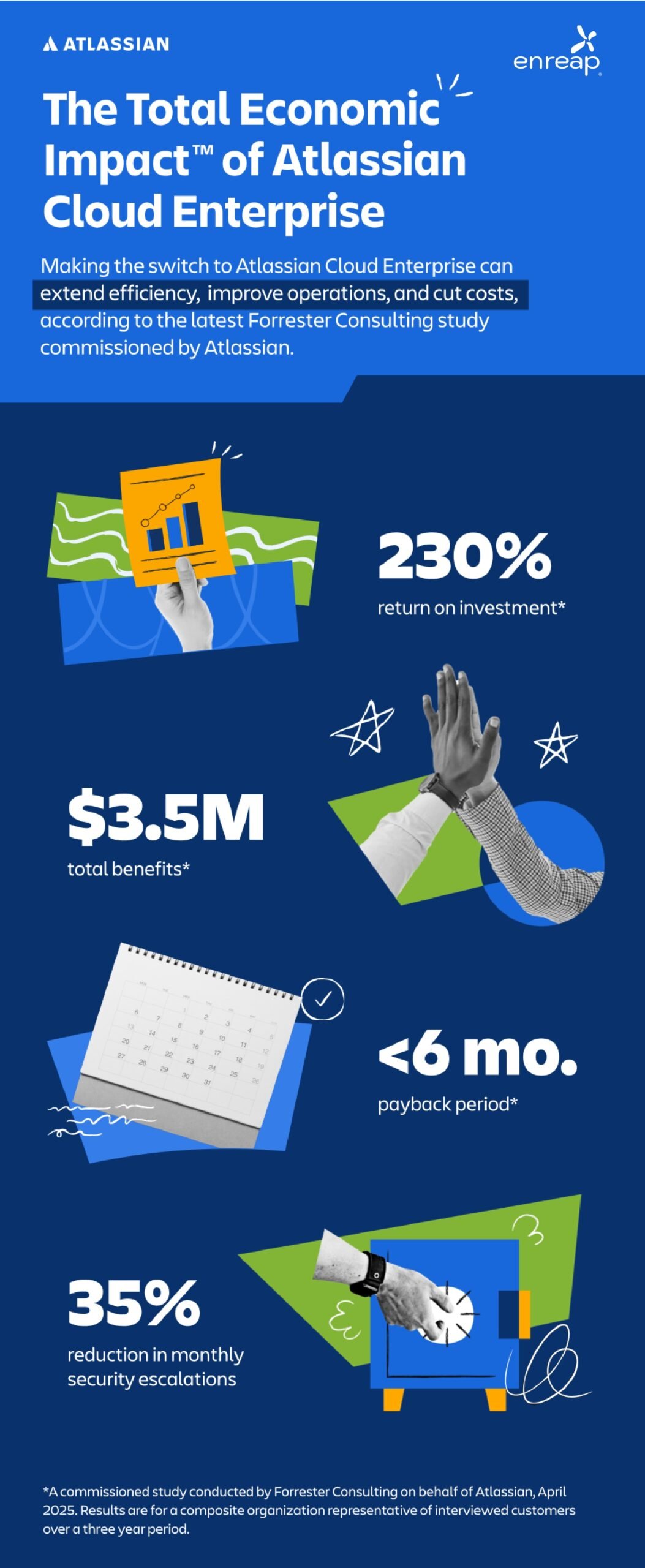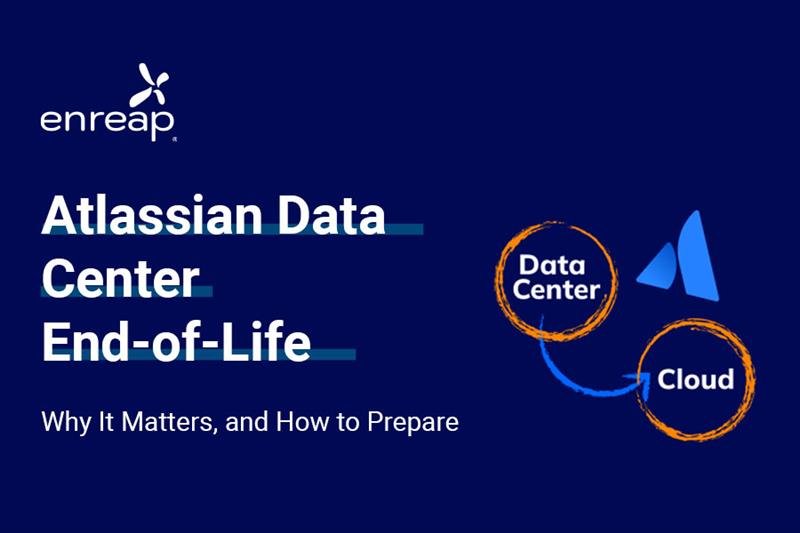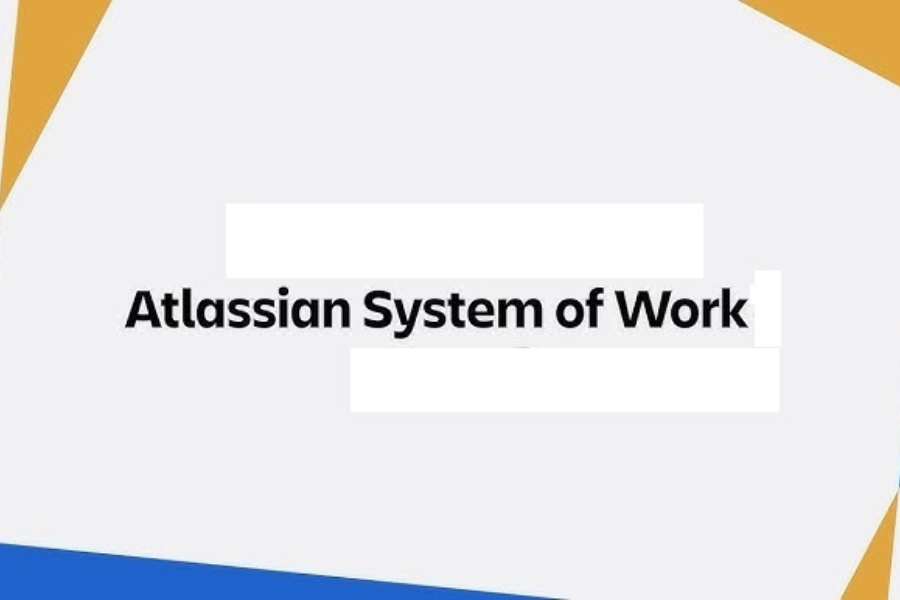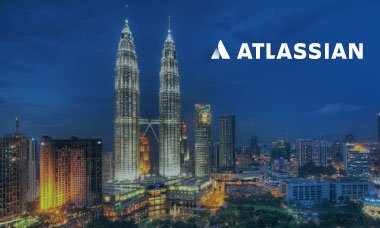Atlassian has formally announced that its Data Center products will reach end of life (EOL) on March 28, 2029 at 23:59 PST, after which Data Center subscriptions and associated Marketplace apps will expire and the products will move into read-only mode.
This is a pivotal moment for organizations relying on Jira Data Center, Confluence Data Center, Jira Service Management, Bamboo, Crowd, and related on-prem Atlassian tools. The transition demands a strategic, enterprise-grade migration plan, not a last-minute scramble.
In this article, we will:
- Explain why Atlassian is doing this (the strategy behind it)
- Clarify the Ascend concept and how it guides this transition
- Lay out the EOL timeline and milestones
- Highlight the risks and challenges you’ll face
- Present a framework and best practices for migration
Atlassian Data Center end of life 2029
Understanding the “why” helps enterprises align purposefully. Below are the key drivers behind Atlassian’s decision:
1. Cloud-first innovation & resource focus
Atlassian states they are shifting their entire engineering and product focus to the Cloud, so they can innovate faster, deliver more features, and simplify their development pipelines. Maintaining multiple deployment models (on-prem, Data Center, Cloud) fragments effort and slows down feature velocity.
2. Most customers are already in or moving to the Cloud
According to Atlassian, about 99% of customers are already on Cloud or on a path to Cloud. With new customers largely opting for Cloud by default, Atlassian is optimizing for where the market is heading.
3. Scalability, unified data & AI enablement
Atlassian argues that to support future value, especially around unified data, interconnected products, embedded AI, stronger security, and global scale, the Cloud is the only viable path. Their marketing around Ascend emphasises “unified data” and “intelligent AI” in the cloud context.
4. Simplification of product offering & ecosystem consistency
By converging on a single deployment model, Atlassian can bring consistency, reduce fragmentation of features across versions, and streamline integrations. Over time, this reduces technical debt in their own ecosystem and makes marketplace development more focused.
Atlassian ascend: The concept & what it means for you
“Ascend” is Atlassian’s branding and strategic framing for this transition. In their own words, it captures how they intend to guide customers from Data Center to Cloud in a structured, supported manner.
Here are the key elements of Ascend:
| Feature/Initiative | Description / Purpose |
| FastShift (White Glove Service) | A migration acceleration service Atlassian offers to help expedite transitions and maximize cloud value for larger customers. |
| Ongoing support & phased wind-down | Through 2029, Atlassian commits to technical support, critical security patches, and cloud connectors for Data Center products. |
| Hybrid/flexible deployment options during transition | Atlassian’s migration pages emphasize “cloud deployment options and hybrid experiences” to ease the transition. |
| Migration tooling & free resources | The Cloud Migration Assistants, migration guides, and trial environments are part of Atlassian’s offering to support Ascend. |
| Governance & change management orientation | Ascend is not just a technical migration, it’s a transformation. Atlassian emphasizes adopting new cloud practices, governance structures, and new cloud-native workflows. |
Essentially, Ascend is Atlassian’s structured path (and marketing identity) for ensuring that customers do not feel “abandoned” but are guided through a multi-year migration journey.
Atlassian Data Center EOL timeline & key milestones
Here’s a refined milestone timeline to embed in your enterprise roadmap:
| Date | Event | Implications for Customers |
|---|---|---|
| March 30, 2026 | New customers lose ability to purchase Data Center subscriptions or Marketplace apps. | After this, only existing DC customers can buy new DC capacity. |
| March 30, 2028 | Last date for existing customers to renew Data Center subscriptions or purchase new Marketplace apps/expansions. | After this, no new DC licensing activity will be allowed. |
| March 28, 2029, 23:59 PST | Final EOL – all DC subscriptions and marketplace apps expire; products enter read-only mode. | No writes, no upgrades, no expansions. Only critical security fixes (if offered) and read-only access remain. |
During the phased period (2026–2029), Atlassian will continue technical support, critical security patches, and cloud connectors. Bitbucket Data Center is a special case: instead of being retired, it will adopt a hybrid license to allow both DC and Cloud use.
Risks & challenges for enterprises
Enterprises need to treat this as a strategic transformation, not just a software upgrade. Here are the major risks:
- Operational Disruption / Read-Only Shock
Post-EOL, all write operations (creating new tickets, editing content, workflow transitions) will stop. Critical business processes may break if not accounted for. - Security & Compliance Exposure
Without ongoing patches (beyond critical fixes), your system may become vulnerable. For regulated industries, this could be non-compliance. - App & Integration Gaps
Some third-party marketplace apps may not have Cloud equivalents or may differ in capability. Custom integrations, plugins, and scripts may require rework. - Data Migration Complexity & Integrity
Migrating large volumes of historical data, ticket histories, attachments, audit logs, can lead to data loss, broken links, performance issues, or long migration windows. - Technical Debt & Legacy Entanglement
Older instances often have custom code, deprecated workflows, or undocumented dependencies. These require cleanup before migration. - Budget Overruns / Resource Strain
Underestimating efforts, dependencies, or buffer time can cause timeline overruns, cost escalation, and negative stakeholder perception. - User Adoption & Resistance
Teams used to DC behavior may resist change. Training, change management, and stakeholder buy-in are critical.
Forrester TEI for Cloud Enterprise
To unlock the true potential of your Atlassian investment, a recent Forrester Total Economic Impact™ (TEI) study reveals how Atlassian Cloud Enterprise helped organizations like yours maximize their ROI and achieve significant operational efficiencies.
This isn’t just about scaling – it’s about transforming your business. The study highlights a significant 230% ROI over three years and $3.5M in total benefits, with a payback period of less than 6 months. Imagine the impact that could have on your bottom line.

Migration framework: Phased strategy for enterprise success
| Phase / Stage | What Atlassian Provides / Commits | What Your Enterprise Should Do (Overlay / Execution) |
| Awareness & Planning | Atlassian publishes the EOL date (Mar 28, 2029) and timeline of license changes, and states it will phase wind-down over ~3 years. | Use that publicly published timeline to anchor your internal roadmap. Map your internal project dependencies, resource availability, stakeholder windows. |
| Support & Connector Period | Atlassian commits to supporting DC customers with technical support, critical security fixes, and connectors to Cloud until EOL. | During this phase, test and validate the connectors provided by Atlassian; start planning your migration paths based on how well those connectors work in your architecture. |
| Leverage FastShift Service | Atlassian cites FastShift (“white glove” migration service) to accelerate migration. | Evaluate if you qualify for FastShift; engage an Atlassian partner to see how that service can reduce your migration effort or risk. |
Best practices to follow
- Start early; the timeline is long, but many enterprises need years to execute safely.
- Clean up your DC instance first (remove obsolete projects, reduce clutter, archive inactive users/apps).
- Engage Atlassian’s Migration Tools & Assistants (Jira Cloud Migration Assistant, Confluence Migration Assistant)
- If eligible, use FastShift as part of the Ascend program for accelerated support
- Maintain strong change management, stakeholder communication, user training, and feedback loops.
- Track key metrics: downtime, user satisfaction, defects, performance, license cost delta, etc.
- Plan for fallback/rollback scenarios in each wave.
- Ensure you have resource buffers (time, budget, skilled staff) for contingency.
Conclusion
The Atlassian Data Center EOL of March 28, 2029, is a hard deadline, not optional. For any enterprise using Atlassian Data Center today, the time to plan is now.
Understanding the strategic reasons behind Atlassian’s decision and embracing the Ascend program gives you a clearer path forward.
At enreap, our specialization lies in enterprise migration strategy, execution, risk mitigation, and change management. We can support you in:
- Conducting readiness assessments
- Designing your phased roadmap
- Executing pilots and migrations
- Ensuring data integrity and integration continuity
- Managing user adoption and training
- Post-migration optimization and governance
Want a deeper dive into Atlassian Cloud capabilities and the latest updates? Download our free guide What’s New in Atlassian Cloud to explore features, enhancements, and practical tips for your migration journey




